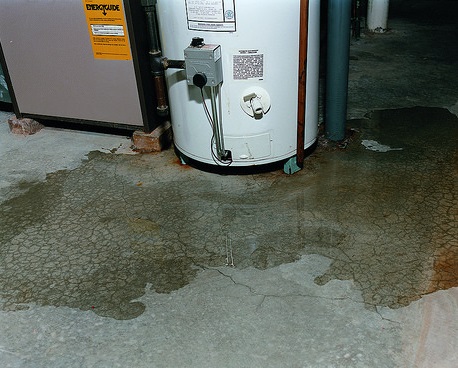Have Questions? Call: (416) 840-2680
REQUEST A QUOTE




If your wet or dry vacuum is forever on the standby mode to help remove the water from your basement each and every time it rains, then it is time to do something about it to save yourself from the hassle. Having a flooding problem in your basement might be due to some errors in how your basement was landscaped. You can correct these problems easily by getting someone to re-landscape it for you. This would not only solve problems related to flooding, but also would help you tackle the general outlook of your basements, and would also secure other set ups in your house like the plumbing set up and the electrical set up to ensure that they are alright and they are in a good position and state.
Why is there rain in my basement?
This would probably be because; the landscape grades of your basements are such that it allows water to run towards your house and basement instead of away from the house. This is why often you end up with flooding issues. One simple solution around this is to dig some spaces around your house and fill it with river pebble stones and rocks. This would split your yard into two and allow the water to be channelled away and to flow around your house instead of towards it. Or if you are not keen on splitting your yard into two for this purpose, then you can install something called the French drain which would allow the water to flow into a trench gravel instead and then into a piping system so that the water gets systematically channeled away to somewhere else.
Try to pump the water out
Your current sump pump might not run distant away from your house as required or it might run on constantly even when it is not raining so it might not be doing its job appropriately well. You can try to get professionals to extend your drain lime from your sump pumps and from your down spouts. You can along with this plan for some more landscaping. These additions of having more drain lines can help you drain out your place before it floods. You can also consider contacting a plumber to install a pressure pump in place of your sump pump, which would go on running even when the power goes low or when the backup batteries fail like in your previous sump pump.
Mulch Manoeuvring
When mulching your landscape, make sure that you keep the materials away from siding and cinder blocking. Ensure that there is at least a 6 inch gap in between them. Anything closer to each other or less than that gap would mean that moisture could come up from the mulch bed and could start rotting the siding. Remember that it can go and touch brick or block but never siding!
Changing the course
Try to get the down spouts to flow away from your house. This is done to be at least 20 feet away from your house if you have the space. Also ensure that gutters are clear of water so that the water from the down spouts can flow into them. Even when you take this effort to guide your down spouts, some of the yards still have a problem of going through erosions and the gutters cannot handle the water volume. This case can be handled by having decorative rocks like river stones so that the water tends to hit and splat away instead of digging through the soil over time.
Be ready to spend some money
Landscapers often would try to keep grading and flooding issues together in a large project. However, the entire cost of solving your flooding issue might largely depend on how large the problem is and depends on your yard size, as we previously spoke about having better solutions if your yard can allow for space to work that out. Roughly, flooding projects start around $2 000 but can go up to $ 20 000 sometimes depending on the issue. However sometimes you can get it done cheaply as well at about $500.
Eventually, you still get a little wet after all
Whenever it is raining, make an effort to look outside, come outside and see from where the flood is rooting out from. Sometimes people end up splurging thousands in landscaping while the problem might lie somewhere else, for example from a mountain which is by the side of your neighbourhood which is causing the problem. Sometimes these kinds of overflow issues originating from an external course might not be solved by a simple overflow ditch which is created beside the house. Sometimes it might be worthwhile to contact your County along with your other residents in the area so that they can look into the matter and consider doing something to address the cause instead.